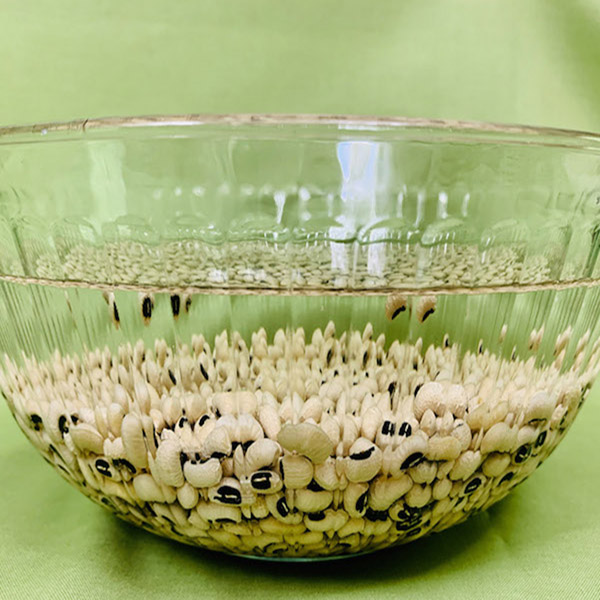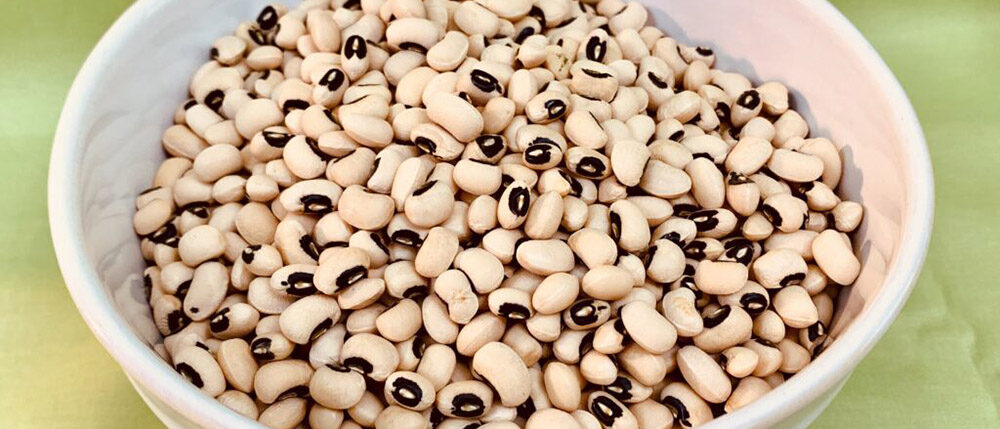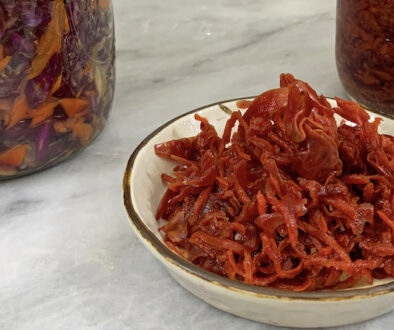Basic Black Eyed Peas
Black Eyed Peas (Vigna unguiculata) are a variety of cowpeas and are actually beans.
Originally from Africa they are one of the oldest know cultivated crops. Also popular in China, India, Greece and Rome (and many other places around the world). Black eyed peas came to the American south in the late 1600s.
In the South today it is considered lucky to eat black eyed peas and greens on New Year’s Day.
The black eyed peas represent coins and the greens represent bills.
I think we are so lucky to have them to eat!
Not only is it a crop that nourishes the soil these little beans are packed with nutrients and helpful properties.
Black eyed peas contain manganese (an antioxidant), plenty of fiber, phospholipids, niacin, iron and much more.
They are low calorie with a good balance of protein and carbs.
In Traditional Chinese Medicine black eyed peas are sweet (like most beans) are neutral in temperature and help clear dampness. They are known for aiding digestion and nourishing the spleen and kidney. (Plus lots more!)
Here is a basic way to prepare black eyed peas. Once cooked they can used in soups, stews, chili, curry, salads, vegetable dishes, spreads and roasted as a snack.
Black Eyed Peas
Makes 4 cups
Prep and cooking time 45 minutes + 6 or more hours soaking time
Ingredients:
1 1/2 cups ( 1/2 lb.) dry black eyed peas
1 inch kelp (optional)
1/8 tsp. sea salt
Directions:
Clean beans by spreading on a plate to check for any stones or debris. Rinse.
Place in a bowl and cover with at least 2 inches of water. Soak for 6 or more hours.
Drain, rinse and place in a medium sized pan. Cover with water by an inch. Add kelp if using, and bring to a boil. Reduce heat to low and cover. Simmer for 1/2 hour, adding a little more water if needed.
Test beans to see if done. They should seem firm but be tender inside. If not then cook a little longer to desired consistency.
When ready remove lid and add sea salt. Simmer for 10 more minutes uncovered to cook the salt in.
They are now ready to eat.
You can sprinkle on a salad, add to grain or vegetable dishes, or make them into something.
Store in the refrigerator. Will keep 6 days.







